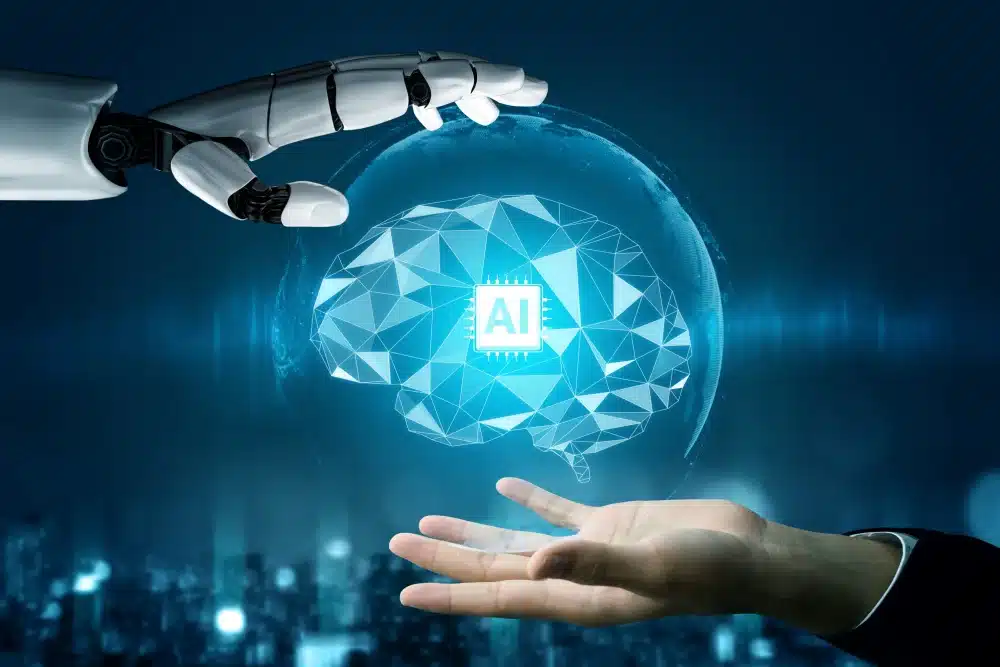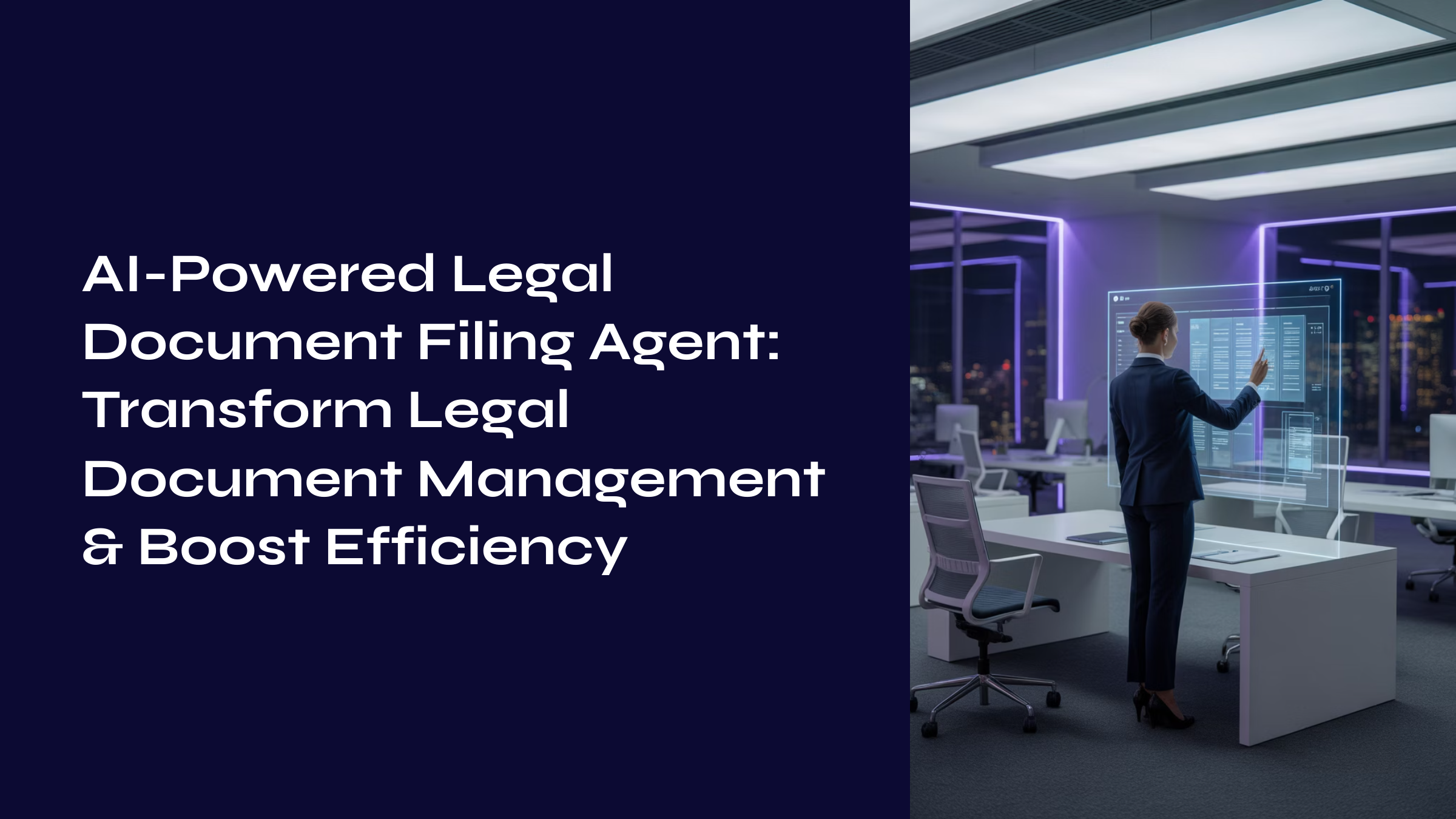Generative AI is a big step in Data Analysis. It uses powerful operations and AI methods. It can change the way we process data and make choices. By using generative AI for data analytics, groups can improve their data analysis skills and improve revenues.
Nowadays, a lot of data is created and used daily. This makes it tough to find important facts from huge, complex datasets. But, generative AI can solve this. It produces new, relevant data. It matches the trends and aspects of the first dataset or the original dataset.
Generative AI in analytics is now a strong force. It brings fresh ways to understand, interpret, and make complex and different datasets. According to the Salesforce State of IT report, 86% of IT leaders anticipate a significant role for generative AI in their organizations soon.
Diving into generative AI for data analytics, one can spot its use in varying sectors, the expected benefits, and the upcoming challenges.

Advantages of Generative AI for Data Analytics
The tech and data world changes regularly. Generative AI stands out as an essential advancement with lots of promise. Firms are currently using generative AI for data analytics and to refine operations.
Generative AI, via AI algorithms, assists organizations in analyzing and managing hefty data amounts. Yet, the advantages of Generative AI for data analytics stretch beyond this to include:
-
Improved Data Investigation
Generative AI for data analytics is super powerful. So much so, that it makes new, totally believable data. Generative AI is capable of creating the type of data you’d think was the original.
Due to cutting-edge code, companies can find unseen connections and better understand tricky data sets. This allows generative AI analysts to examine different cases and events by creating pretend data. The best part? It highlights key details that were once hard to reach.
-
Fixing and Bolstering Data
There’s often missing or half-done data in analytics. It makes it tricky to analyze and choose correctly. Generative AI data analysis has a way to handle this. It uses the data it has to make believable new values.
By completing the missing data, generative AI models make analysis more complete. They boost the quality of prediction models. This means businesses can make smart decisions with data that’s accurate and you can trust.
-
Anomaly Detection
Spotting odd things or exceptions is a key aspect in lots of sectors, like money-management, online security, and health. Old techniques have a hard time finding these exceptions due to being scarce and dynamic.
Generative AI for data analytics is great at spotting oddities. They do this by understanding patterns from big data sets and pinpointing exceptions. Using data analysis generative AI, groups can spot and fix oddities ahead of time, stopping possible threats or finding chances that might have been overlooked.
-
Data Augmentation
The era of Big data calls for tons of diverse data. To train our machine learning models, we need this. But, gathering and labeling all this data is time-consuming. It’s costly. According to Exploding Topics, 328.77 million terabytes of data are created each day.
The solution? Generative AI. It beefs up our existing datasets, creating synthetic data. Moreover, it does so, by using generative AI for data analytics and matching the original data. This means more diverse training sets. As a result, these Machine-learning models are more accurate and strong.
-
Customizing and Suggestion Schemes
People like it when their likes are understood. They like it when they are offered what they want. Many businesses have realized this and improved their generative listening ability.
The result? They use Generative AI to offer suggestions that match a person’s liking. By doing so, they can meet the customer’s needs more effectively. This way, the business pleases the customer and also does well.

Generative AI for Data Analytics: Applications in Different Sectors
Generative AI for data analytics, with its capacity to create content autonomously, has sparked transformative waves across various sectors. As we delve into its impact across different sectors, it becomes evident that generative AI serves as both a catalyst for advancement and a harbinger of change.
-
Healthcare
In healthcare, generative AI for data analytics is causing a stir. It studies patient data in bulk and helps in identifying, forecasting, and planning disease treatments.
Take an example; generative AI and data together can mimic disease progression. This assists doctors in knowing how different elements affect a patient’s situation and predict probable results.
Moreover, generative AI for data analytics aids in research and resolves confidential issues tied to revealing secret medical facts.
-
Finance
Generative AI for data analytics is also shaking things up in finance. It’s changing how fraud detection, risk assessment, and investment strategies work. Generative AI data analytics look at old and current market information.
Moreover, they spot patterns and strange things that could be fraud. Also, these models make believable money-related scenarios.
Additionally, they foresee possible dangers and help make decisions. Thus, this makes banks and NBFCs safer and lets them give custom investment suggestions.
-
Manufacturing
The manufacturing industry is utilizing generative AI for Data Analytics to change their activities and improve effectiveness. Generative models can pinpoint expected bottlenecks by analyzing information accumulated from different sources like equipment, sensors, and supply chains. Moreover, it can enhance creation plans and foresee upkeep necessities.
Furthermore, this state-of-the-art innovation can likewise create virtual experiences of assembling processes.
As a result, it gives organizations an amazing chance to test and ideal their frameworks without the cost of actual models.
-
Creative Industry
Generative AI for data analytics is making its way into the creative industries, bringing with it a world of possibilities. Art, design, and entertainment fields are adopting this technology to stimulate innovation and streamline their creative processes.
By using generative AI for data analytics, generative models can produce one-of-a-kind art, music, and designs. As a result, for artists and designers, this means the ability to expand their ideas, experiment with novel styles, and push the limits of creativity.
Additionally, generative AI is proving its worth in enhancing content creation for video games, films, and advertising. Thus, it is opening up new opportunities for captivating storytelling and immersive experiences.

Generative AI for Data Analytics: Challenges
Analytics is always changing. The latest trend is Generative AI. It’s set to help companies understand their massive data piles. Generative AI data analysis is a slice of machine learning.
It helps a computer make new data that looks like the original data but is more polished. However, it’s not all plain sailing – generative AI for data analytics comes with its hurdles that need to be tackled for it to shine.
-
Data Quality and Quantity
Trying to use generative AI for data analysis? The obstacles come in two flavors: not enough data, and the data you do have isn’t great. An AI needs to be top-notch to do its job right. But most of the time companies struggle.
Moreover, dad data or missing pieces often make it hard for the AI to analyze. Thankfully, the advanced generative AI models of today are capable of handling such issues. You can contact expert IT companies like advansappz for your generative AI needs.
-
Interpretability and Transparency
Another challenge associated with generative AI for data analytics is the interpretability of the generated results. Traditional machine learning models often explain their outputs, aiding in decision-making and trust-building.
However, generative AI models are inherently complex and lack interpretability, making it difficult for stakeholders to understand the rationale behind the generated data or insights.
As a result, this issue hinders the adoption of generative AI in critical areas where interpretability is paramount, such as healthcare or finance. Therefore, the solution could be to design a tailored generative AI for data analytics specifically for your business and its needs.
-
Biased results
AI systems learn from their training data. This means, if there’s bias or discrimination in that data, the AI may also reflect those patterns. It’s possible for these AI systems to accidentally continue or make a biased move, leading to injustice.
This is a big worry. Therefore, removing bias from the training data and making sure that AI is used ethically are important challenges. They must be tackled for AI to be accepted everywhere.
Conclusion: Generative AI for Data Analytics
To summarize, the use of generative AI for data analytics can revolutionize the data-based industries. It offers benefits ranging from advanced data exploration and data fill-in to finding unusual patterns.
In essence, it aids generative AI analysts in pulling useful information from complex information clusters. As a result, better decision-making is achieved.
Despite its potential benefits, generative AI’s application in data analysis isn’t smooth sailing. Tackling hurdles related to data quality and volume, clarity, bias, ethical issues, stability, and versatility is important to tap into the benefit of generative AI fully.
By identifying and facing these hurdles, companies can discover new opportunities with generative AI for data analytics. This will pave the way for progress in various sectors and industries.
FAQS about Generative AI for Data Analytics
-
Can generative AI be used for data analysis?
Generative AI can indeed be used for data analysis. It’s like having a smart assistant that can sift through vast amounts of data, find patterns, and even generate new data based on what it has learned.
-
Is AI a threat to data analytics?
AI isn’t so much a threat to data analytics as it is a tool that enhances it. Moreover, it can handle massive datasets much faster than humans and can uncover insights that might otherwise go unnoticed.
-
Does data analyst need AI?
While data analysts can do their job without AI, incorporating generative AI for data analytics into their workflow can significantly boost their efficiency and accuracy. Furthermore, it allows them to focus on higher-level tasks like interpreting results and making strategic decisions.
-
Why is Generative AI Important for Businesses?
Generative AI is vital for businesses because it can create new data, such as realistic images, text, or even entire scenarios. As a result, this ability opens up possibilities for innovation, like generating new product designs or simulating customer behavior.
-
What does generative AI use to create new data?
Generative AI typically uses large datasets to learn patterns and structures and then uses algorithms to generate new data based on that knowledge. In short, it’s like an artist who learns different styles and techniques from studying masterpieces and then creates their own unique artwork.
















